Kirengoshima palmata
Yellow waxbells
Japanese wax gourd
Kirengoshima palmata boasts large, palmate leaves with deeply lobed edges, resembling the shape of a hand. These leaves can reach impressive sizes, often spanning up to a foot in diameter, creating a lush, tropical appearance wherever they are grown. The deep green hue of the foliage provides a vibrant backdrop for the garden, while the unique leaf shape adds texture and visual interest. A tall growing (2-4ft) clump forming perennials with attractive pale yellow flowers in late summer or early autumn. They provide interest when other plants have given all, they are shade loving plants which thrive in damper shady parts of the garden.
Kirengoshima palmata, commonly known as the Japanese wax gourd or more traditionally as Kirengoshima, is a fascinating garden plant that adds both aesthetic appeal and cultural significance to any landscape. Belonging to the family Cucurbitaceae, this perennial vine hails from the lush landscapes of Japan, where it has been cultivated for centuries for its edible fruits and ornamental qualities.
In addition to its foliage, Kirengoshima palmata produces intriguing fruits that are highly prized in Japanese cuisine. The fruits, which are commonly referred to as wax gourds, are small, round, and covered in a waxy coating, giving them a distinctive appearance. While they are not as widely consumed as other types of gourds, such as cucumbers or squash, they are valued for their mild flavor and crunchy texture. In Japanese cuisine, wax gourds are often used in soups, stir-fries, and pickles, adding a refreshing element to a variety of dishes.
Kirengoshima palmata holds significant cultural importance in Japan. The plant is deeply rooted in Japanese folklore and is often associated with prosperity, good fortune, and longevity. In traditional Japanese gardens, Kirengoshima palmata is often cultivated alongside other symbolic plants, such as bamboo and pine, to create a harmonious and auspicious environment. Its lush foliage and unique fruits make it a popular choice for gardeners looking to incorporate elements of Japanese culture into their landscapes.
From a gardening perspective, Kirengoshima palmata is relatively easy to cultivate, making it suitable for both experienced gardeners and beginners alike. The vine prefers rich, well-draining soil and thrives in full sun to partial shade. Regular watering is essential, especially during the hot summer months, to keep the soil consistently moist. Additionally, providing support for the vine to climb, such as a trellis or pergola, will help it reach its full potential and showcase its sprawling foliage.
Pruning is also important for maintaining the health and appearance of Kirengoshima palmata. Removing dead or damaged foliage will not only improve the plant’s aesthetic appeal but also promote airflow and reduce the risk of disease. Additionally, pruning can help control the vine’s growth and prevent it from becoming too invasive in the garden.
Overall, Kirengoshima palmata is a versatile and visually striking garden plant that offers a unique blend of ornamental beauty, cultural significance, and culinary potential. Whether grown for its lush foliage, intriguing fruits, or symbolic meaning, this perennial vine is sure to enhance any garden with its distinctive charm and timeless appeal. Whether you’re a seasoned gardener or just starting out, consider adding Kirengoshima palmata to your landscape for a touch of Japanese elegance and tradition.

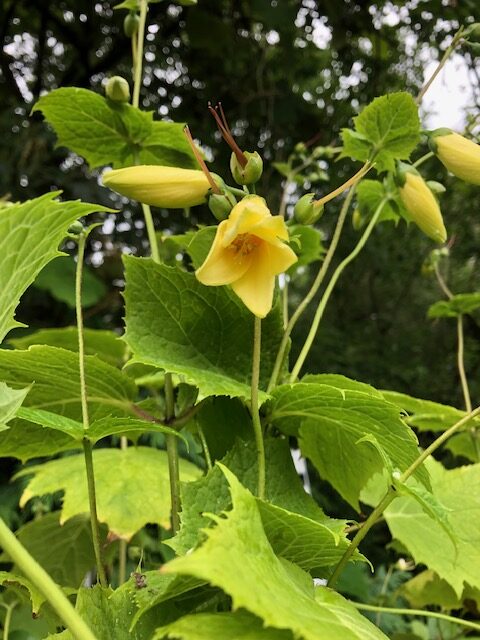
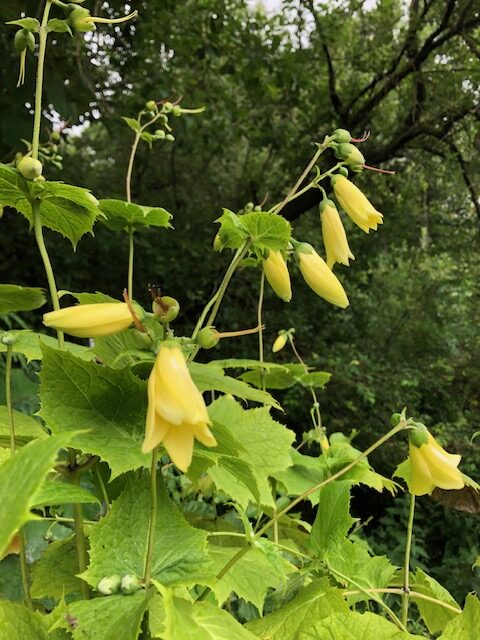
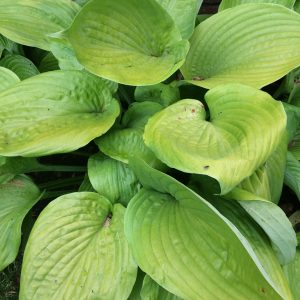
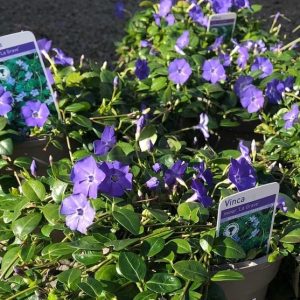
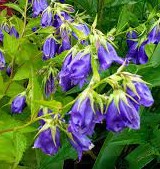
Reviews
There are no reviews yet.